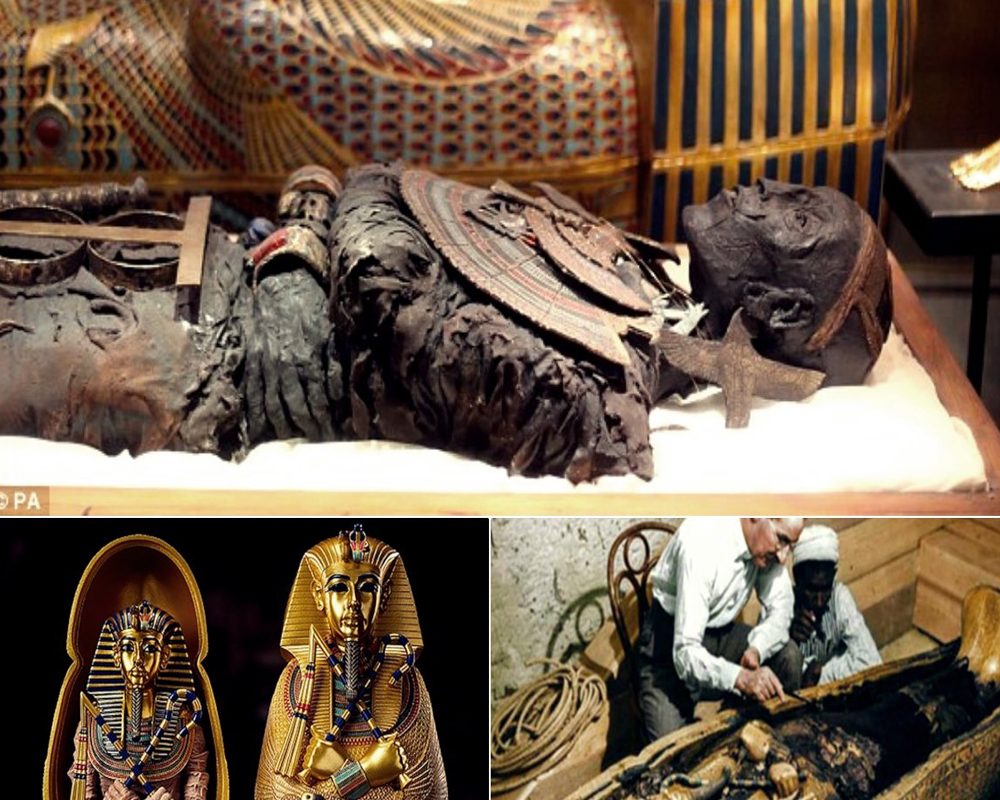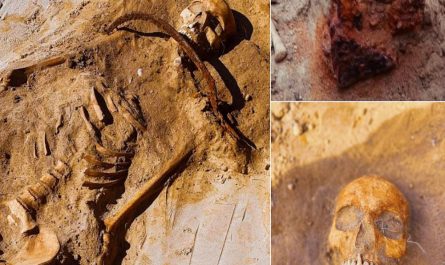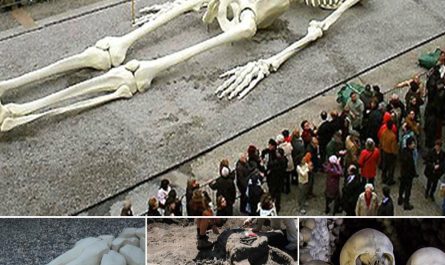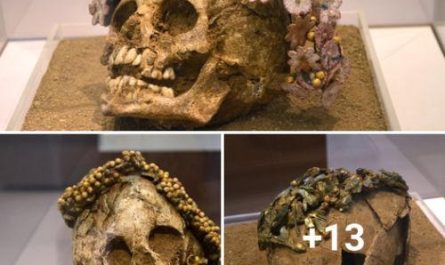The discovery of King Tutankhamun’s tomb in 1923 by British archaeologist Howard Carter marked one of the most significant archaeological finds in history. However, it also birthed the enduring legend of the “pharaoh’s curse.” Shortly after the tomb’s opening, a series of mysterious deaths among those who entered it fueled the notion that an ancient curse had been unleashed. The most famous victim was Lord Carnarvon, the expedition’s financial backer, who died from an infected mosquito bite just months after the tomb’s discovery. Newspapers sensationalized the story, suggesting that the tomb’s desecration had invoked the wrath of the ancient gods.
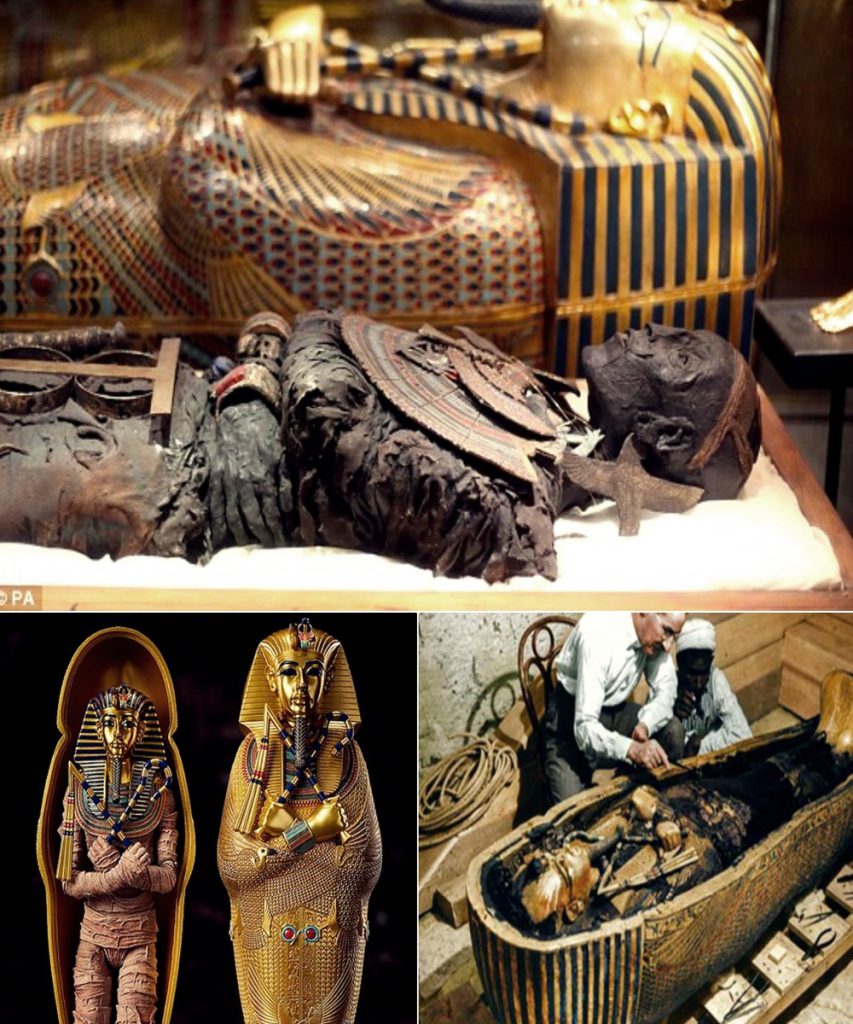
The legend was further compounded by other deaths and misfortunes that befell those connected to the excavation, including Carter’s pet canary being eaten by a cobra, the symbol of Egyptian monarchy. Despite these eerie coincidences, scientific investigations have debunked the notion of a supernatural curse. Researchers attribute the deaths to natural causes, such as infections, accidents, and the toxic mold spores present in the sealed tomb. The “curse” is now considered more a product of media hype and public fascination with the mystique of ancient Egypt.
Nevertheless, the curse of King Tutankhamun endures in popular culture, a testament to the allure of ancient mysteries and the human penchant for finding patterns in the unexplained.
